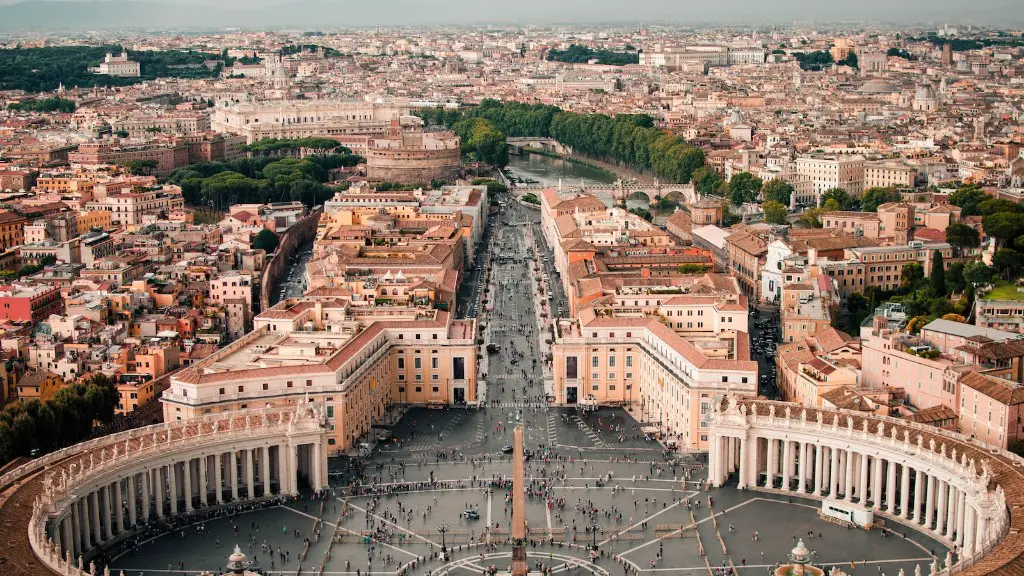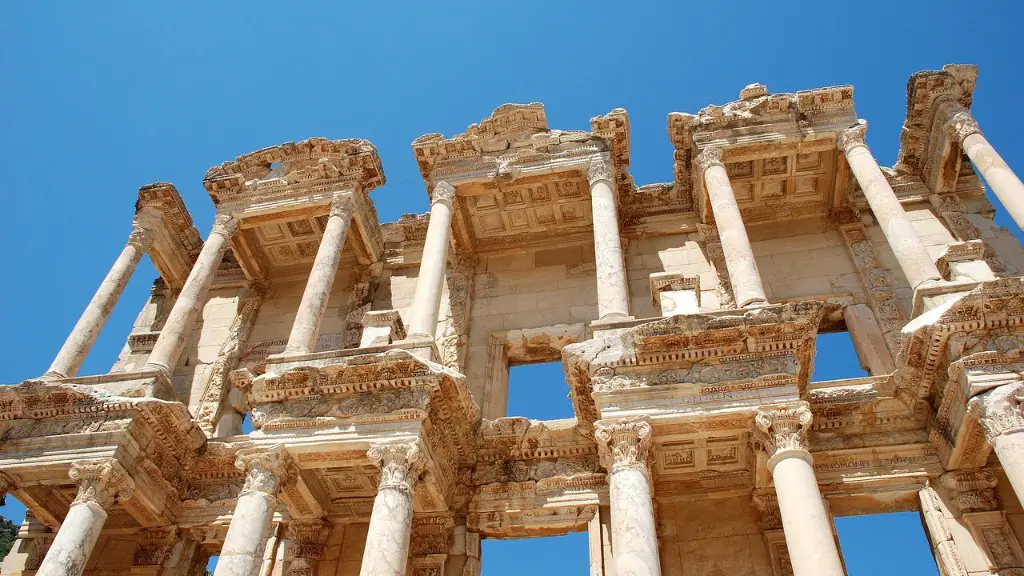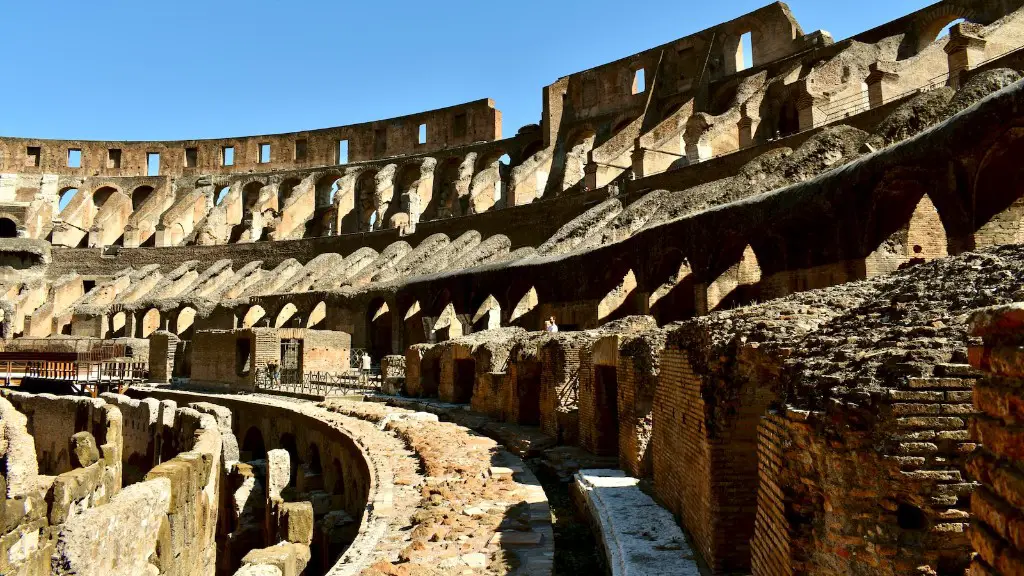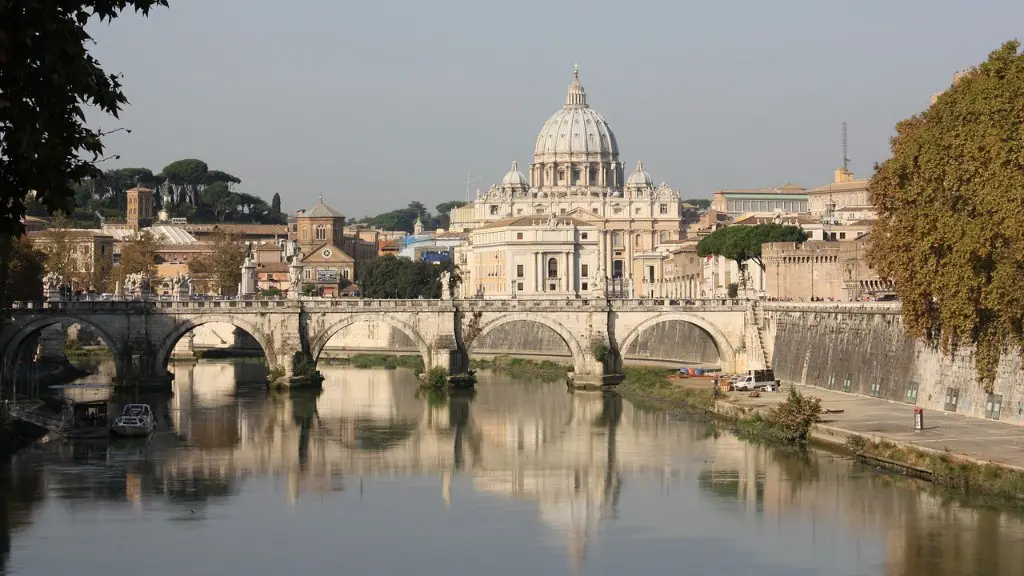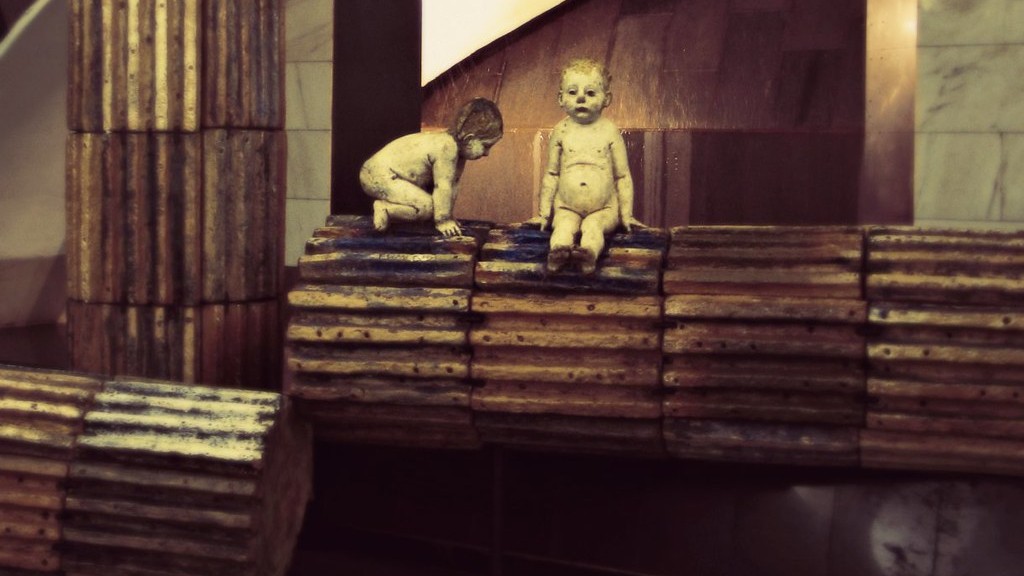Rome was one of the most influential civilizations of the ancient world and it is no wonder that luxury goods were in high demand. Imperial Rome had a large impact on the development of the Mediterranean region and enjoyed immense wealth and prosperity. In its heyday, the wealthy Roman elite enjoyed an extravagant lifestyle full of luxury goods. Here are some of the most desired goods in ancient Rome.
One of the most popular goods were spices, which were a highly sought-after ingredient in Roman cuisine. Spices such as pepper, ginger, cinnamon, coriander, and nutmeg were imported from regions as far as India and China. These spices were not only used to flavor food but also in medicines, perfumes and cosmetics.
Another sought-after luxury item was fine fabrics. Silk, linen, and cotton were imported from the eastern Mediterranean and were highly prized for their exquisite quality and craftsmanship. These fabrics were used for clothing, bedding, and other household goods.
Jewelry was another status symbol in ancient Rome. Wealthy Romans would show off their wealth and status by wearing gold, silver and precious stones. Jewelry was seen as an essential accessory and it was often given as a form of payment or as a sign of wealth.
In addition to these luxury goods, marble and other costly building materials were used for the construction of grand public and private buildings. These lavish buildings were decorated with statues, fountains and mosaics. As a result, sculptors, painters, and mosaicists were in high demand.
Daily essentials such as food and drink were also highly prized and expensive. Wine, olive oil, bread, and meat were among the most popular items. Wine was especially important, as it was considered an essential part of the Roman diet.
Despite the wealth and prosperity of Imperial Rome, most of the population lived in poverty. For the wealthy Roman elite, luxury goods were a sign of status and wealth – a way to highlight their power and prestige.
How did the Roman elite use luxury goods?
The wealthy Roman elite used luxury goods as a way to show off their wealth and power. Despite their expense, luxury goods were a symbol of status and prestige and the wealthy would spend vast sums on extravagant items. The wealthy would use luxury goods to entertain their guests, with lavish banquets, fine wines and perfumes, and opulent decorations. They would also use luxury goods to decorate their homes, with sculptures, paintings and elaborate mosaics.
The wealthy Roman elite also used luxury goods to bribe or reward politicians and foreign rulers. Rome was an empire built on wealth and power, and luxury goods were an important way of maintaining order and rule. Luxury goods were seen as an excellent way of strengthening political alliances and solidifying diplomatic relationships.
In addition, luxury goods were often a form of payment, particularly when dealing with foreign countries or trading goods. Luxury goods were seen as valuable and precious, and were worth much more than money. They were also seen as a form of protection, and would be used to pay for protection or services.
Luxury goods were also used for political propaganda, with images of the emperor displayed on buildings and monuments across the empire. This propaganda celebrated the power of the emperor, and was a way of showing off his wealth and power to other nations.
How did the Roman Empire transform the Roman economy?
The Roman Empire had a huge influence on the Roman economy, with the wealthy elite driving the demand for luxury goods. This demand for luxury goods allowed for the development of new trade routes and commercial networks. As a result, new markets and businesses opened up, creating jobs and boosting the economy.
The Roman Empire also had a huge impact on agriculture. The production of luxury goods such as grapes, olives and spices allowed farmers to increase their output and improve their standard of living. This in turn allowed for the production of more goods, creating further wealth.
The presence of a strong Roman economy allowed for the growth of new cities and towns. Trade centres such as Ostia, Puteoli and Paestum grew in size and importance, with new businesses and markets opening up. These trade centres allowed for more trade and further economic growth.
Finally, the rich Roman emperor’s vast wealth and power meant that it was possible to finance large-scale public projects. Not only did these projects contribute to the economic growth, they also contributed to the cultural and architectural development of the Roman Empire.
How did the rise of Christianity cause a decline in luxury goods?
The rise of Christianity caused a shift in the Roman attitude towards luxury goods. Christianity preached against the extravagance of luxury goods and the wealthy were discouraged from buying them. As a result, the demand for luxury goods decreased, causing a decline in trade and commerce.
The decline in luxury goods also caused a decrease in public art and architecture. Many of the public buildings and monuments were destroyed, deprived of their decorations and sculptures. As a result, sculptors, painters, and mosaicists lost their jobs and their workshops suffered greatly.
The decline in luxury goods also had a negative impact on agriculture. With the decline in demand for luxury goods, the production of grapes, olives, and spices dropped drastically. As a result, farmers had fewer crops to sell and their standard of living decreased.
Finally, the rise of Christianity caused a shift in the Roman attitude towards wealth and power. Wealth was seen as sinful, and the wealthy Roman elite began to resign their power and wealth to the Church. As a result, the Roman Empire slowly fell into decline.
How did luxury goods affect the development of the Roman Empire?
The luxury goods of the Roman Empire played an important role in its development. Not only did they display the wealth and power of the Roman elite, they also had a positive impact on the economy. Luxury goods created jobs, allowed for new trade routes, and financed public projects. As a result, the wealth and influence of the Roman Empire increased.
In addition, the production of luxury goods provided an incentive for farmers and agricultural workers to increase their output. This in turn allowed for the production of more goods, leading to further economic growth.
Luxury goods also fuelled art and architecture, with the wealthy Roman elite commissioning lavish sculptures, paintings and mosaics to decorate public and private buildings. As a result, art flourished and the cultural and architectural heritage of the Roman Empire was preserved.
Finally, luxury goods served as a form of protection and political stability. They were used to pay for services, bribe or reward politicians, and strengthen diplomatic ties. As a result, the Roman Empire managed to maintain order and stability for centuries, despite political upheavals and conflict.
What were the lasting impacts of luxury goods?
The lasting impacts of luxury goods can be seen in the modern day. Luxury goods continue to be a symbol of wealth and power, and are still used as a way to display status and prestige. Luxury goods are also still used to pay for services and bribes, often with disastrous results.
In addition, the rise of luxury brands such as Louis Vuitton, Dior, and Gucci show the continued popularity of luxury goods. Such brands are symbols of wealth, power and prestige, and are highly prized by the wealthy and powerful.
Finally, the influence of the Roman Empire can still be seen today. The rich cultural heritage of the Roman Empire and its extensive art and architecture have left an indelible mark on the Mediterranean region and the wider world. The rich history and culture of the Roman Empire can still be seen in its monuments and buildings, which continue to inspire and captivate people to this day.
